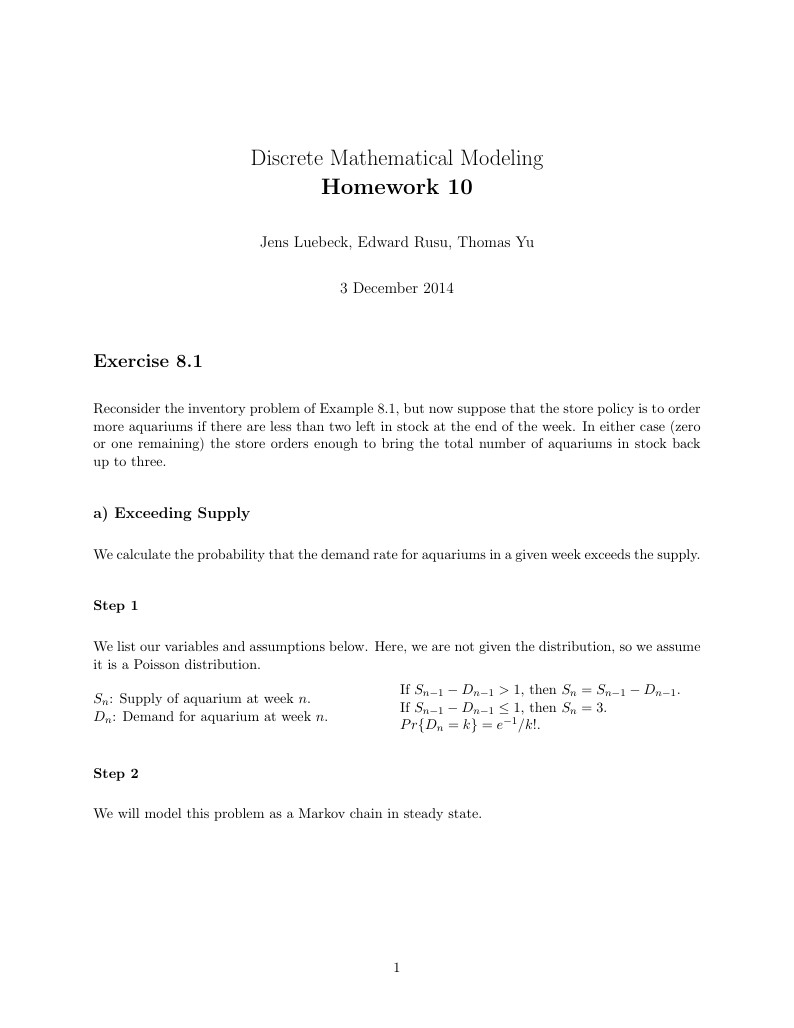Recent
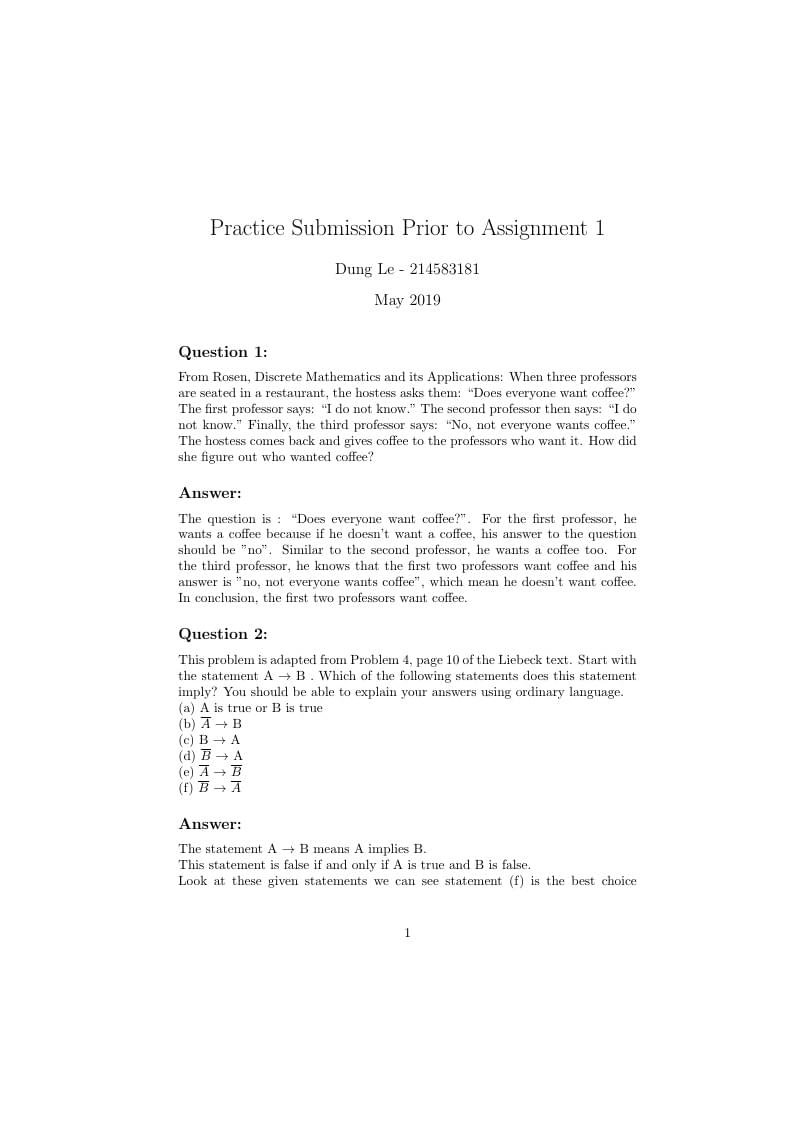
Prior Assign 1
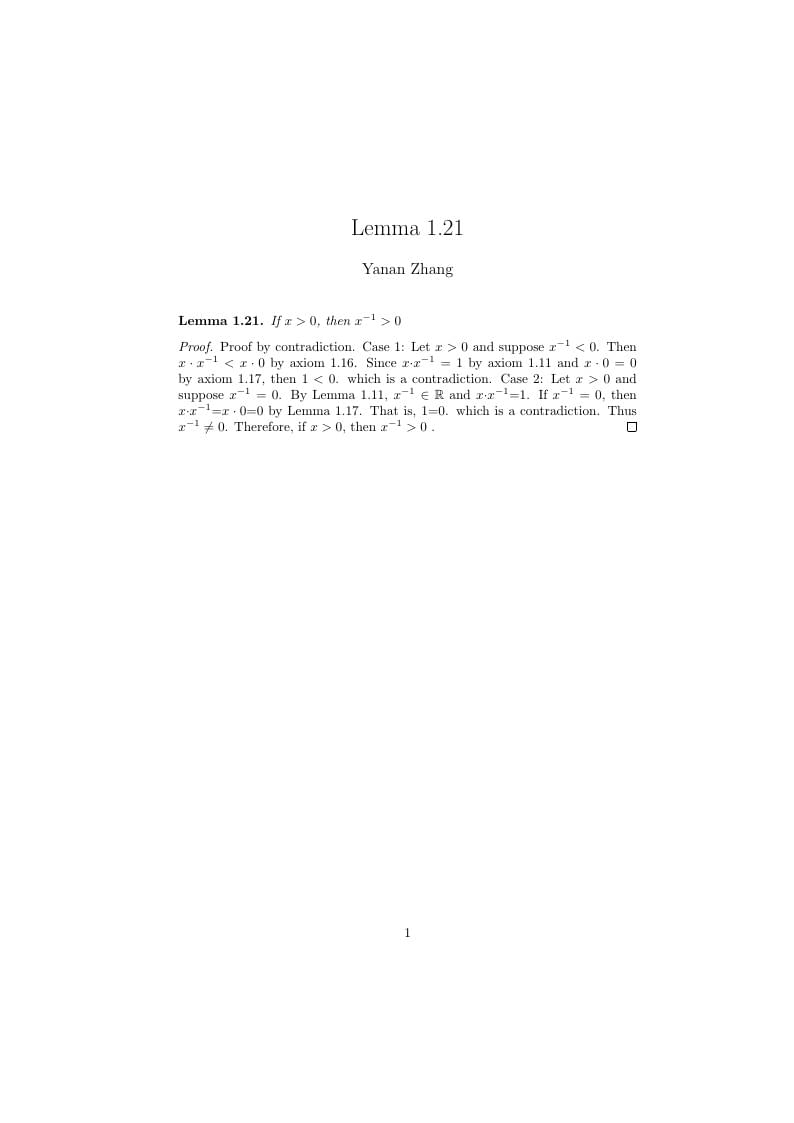
Proofs for Analysis class Lemma 1.21
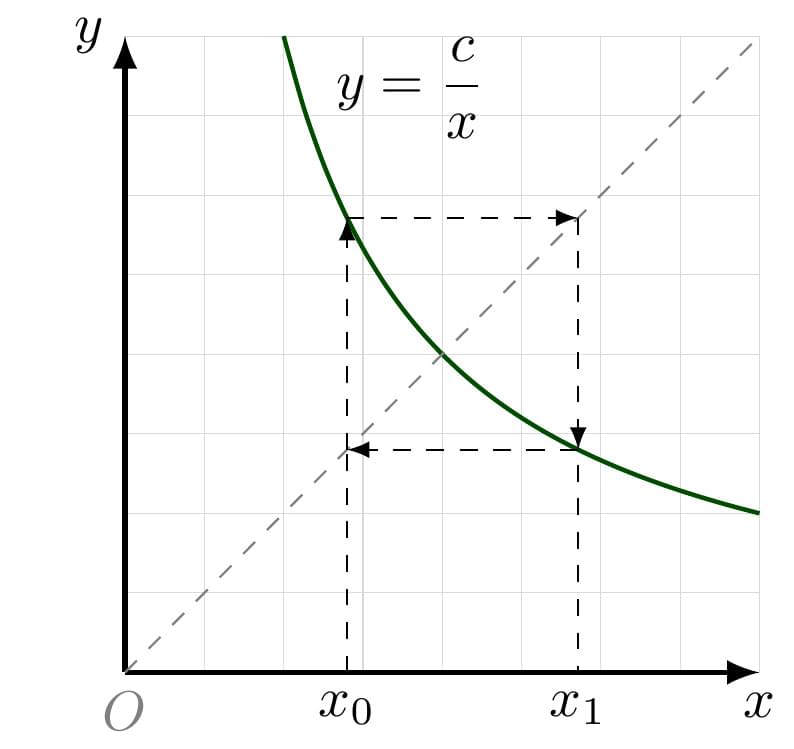
\(y=\frac{c}{x}\)
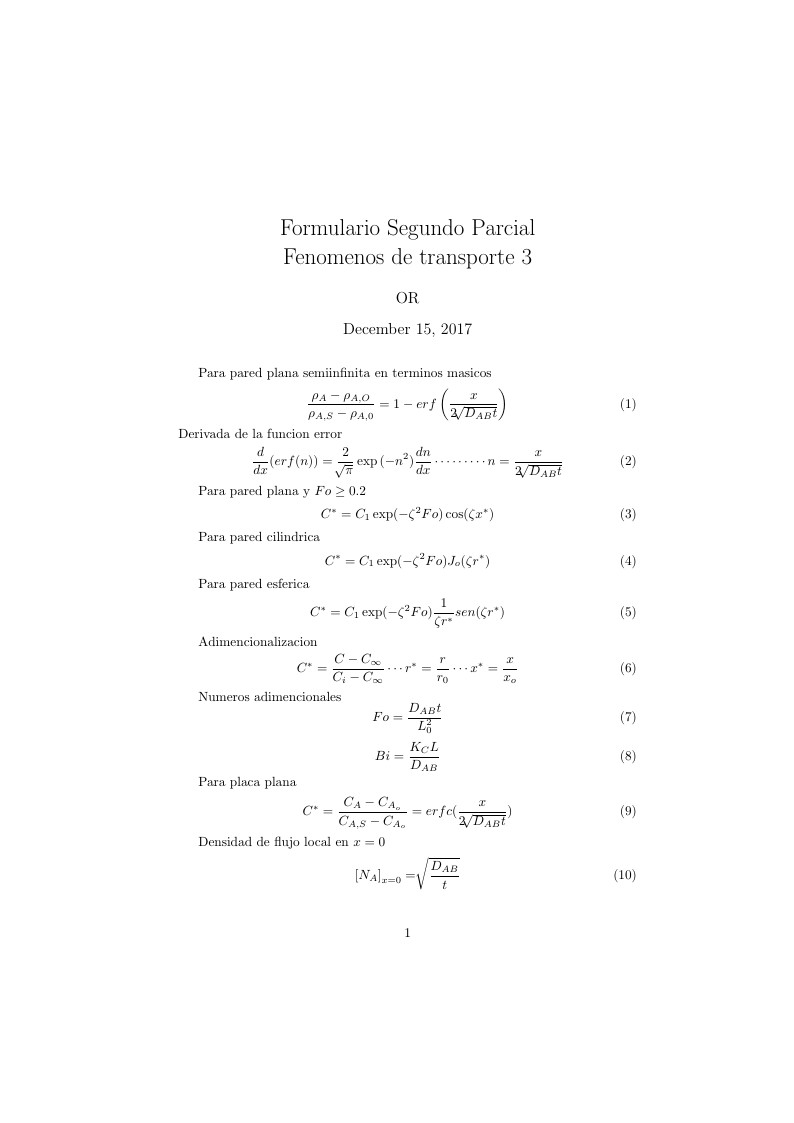
Detalles de formulas utilizadas parcial segundo fenomenos de tranporte 3 FCQ-UNA
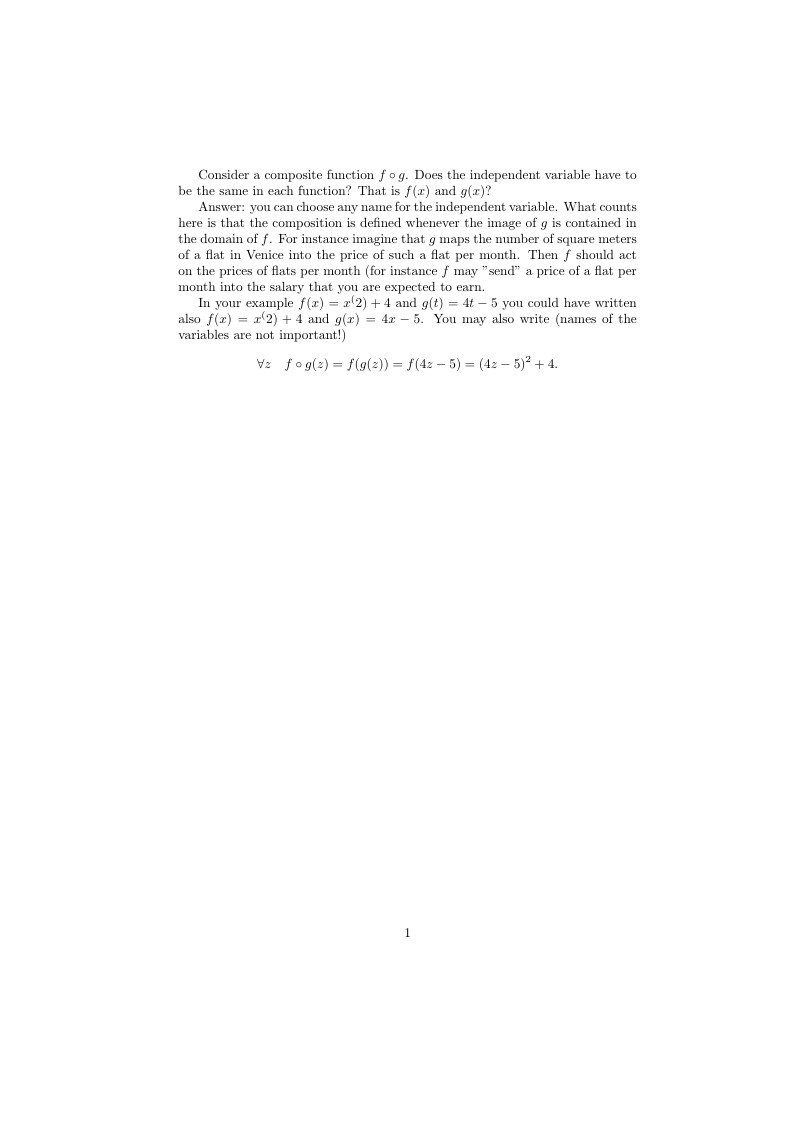
composition
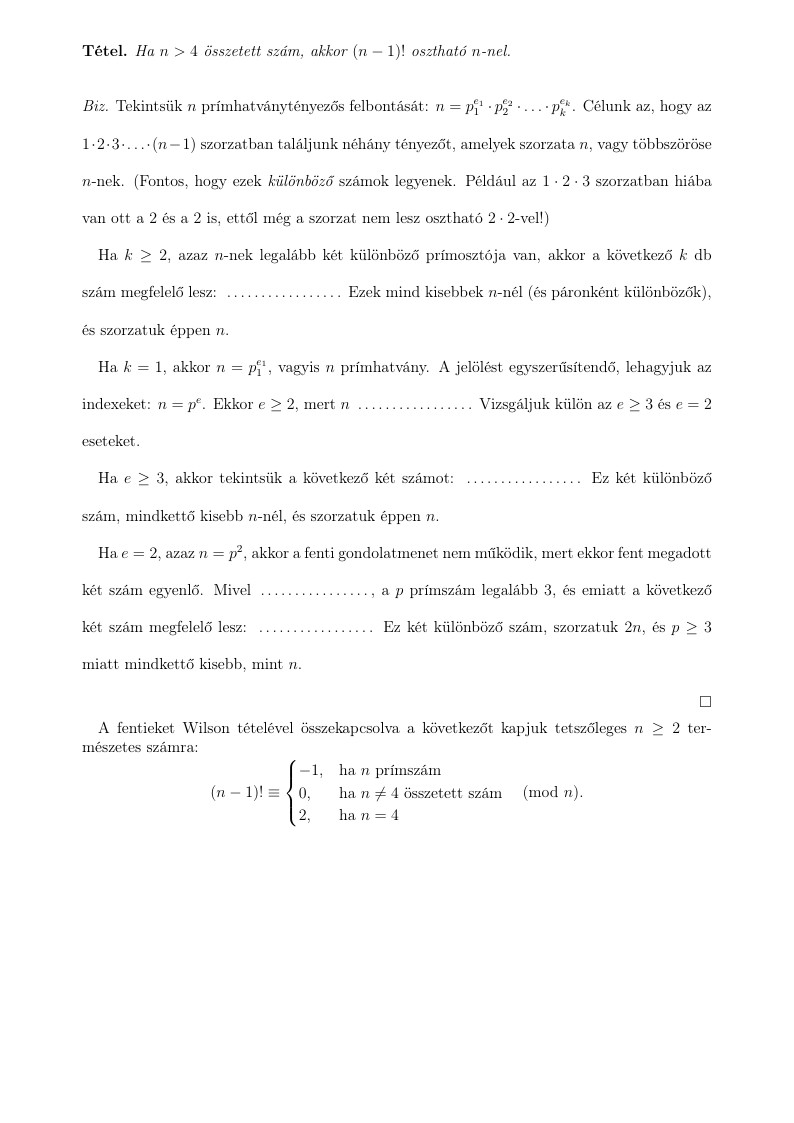
A Wilson-tétel megfordításának bizonyítása.
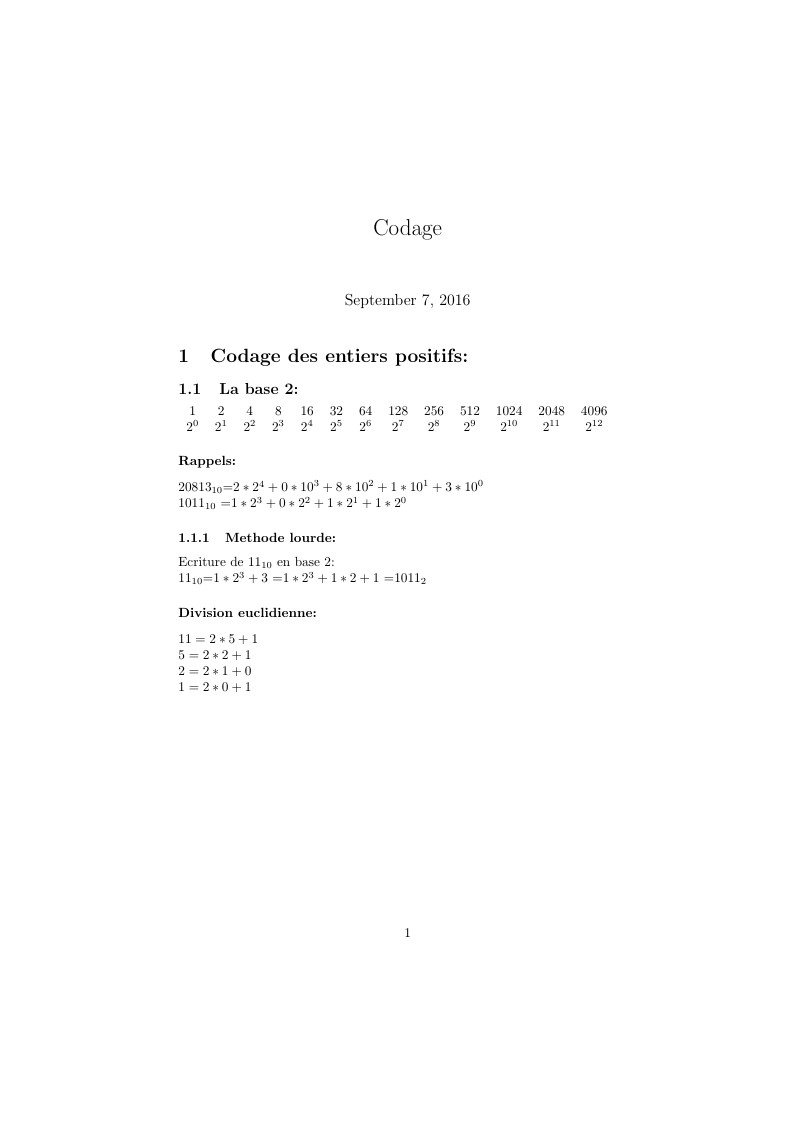
Cours Latex sur les Bases d'entiers
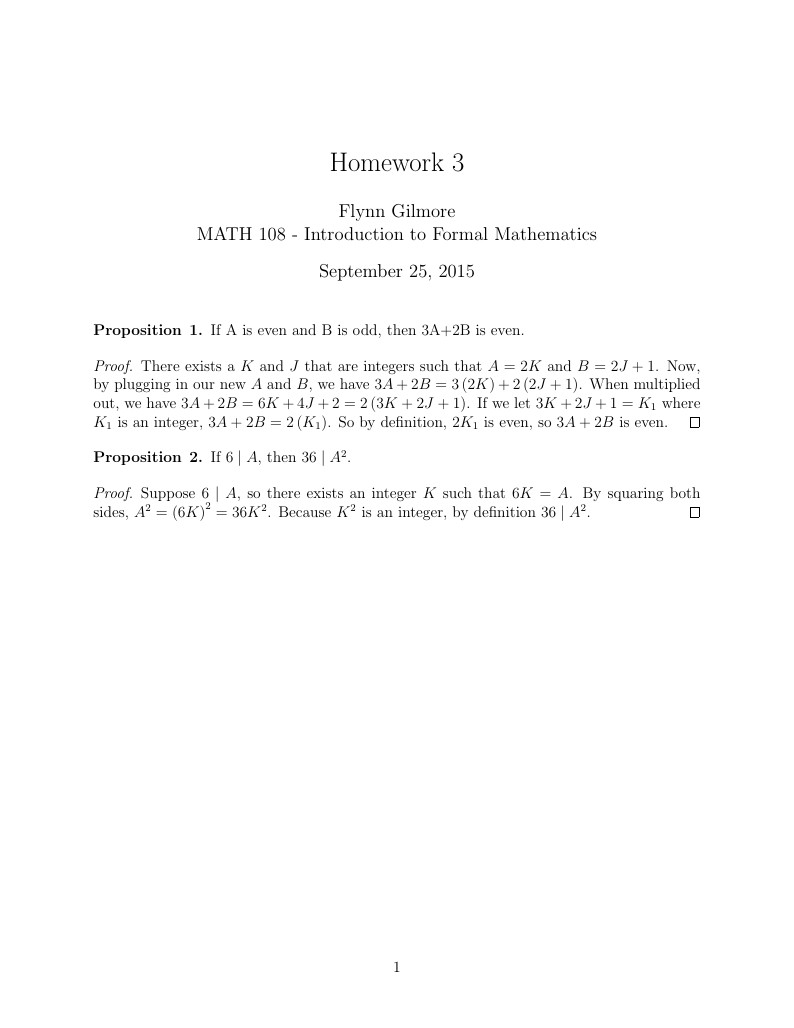
MATH 108 - Introduction to Formal Mathematics
\begin
Discover why over 20 million people worldwide trust Overleaf with their work.
